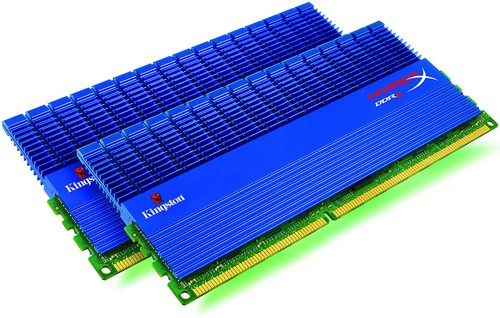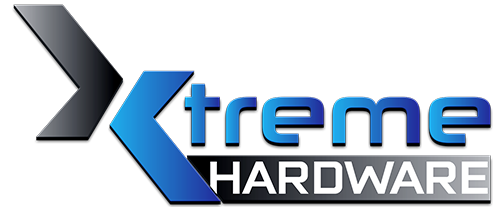 In this review we will analyze the HyperX T1 DDR3 Kit (KHX1600C9D3T1K2/8G) produced by Kingston, a 8GB kit (2 4096MB modules) with a frequency of 1600 MHz CL9.Although they are part of Kingston flagship memory series, in this case they are dedicated to users less demanding in terms of performance and that prefer cheap memories.
In this review we will analyze the HyperX T1 DDR3 Kit (KHX1600C9D3T1K2/8G) produced by Kingston, a 8GB kit (2 4096MB modules) with a frequency of 1600 MHz CL9.Although they are part of Kingston flagship memory series, in this case they are dedicated to users less demanding in terms of performance and that prefer cheap memories.
Kingston was founded in October 17, 1987 and is one of the main memory manufacturers of the world. Kingston can meet every needs, offering a choice between over 2000 different data storage products.In 2007 the company reached 4.5 billion dollars in sales and was considered by Fortune magazine's one of the 100 best companies to work for in America, mainly due to the relationship that exists between the various actors and to the atmosphere present in the company.

In addition to RAM, the company produces SSDs, flash memories and other data storage media. Its products are appreciated by enthusiast users and by overclockers. In this latter area, in fact, Kingston currently holds the record of frequency reached by a memory module, an impressive 3293 MHz obtained with a Kingston HyperX kit cooled by liquid nitrogen.
The kit we will review belongs to the T1 series, but unlike the other kits in this series, does not offer particularly high overclocking performance.Instead, the kit will be appreciated for their 8GB capacity at a very low price.
Overview
We specify that the test of the Kingston HyperX T1 kit was performed on a Sandy Bridge platform with P67 chipset.We remind the reader that within this architecture Intel has abandoned the uncore denomination (anything that is not core), which also included the L3 cache in Nehalem, in favor of System Agent, which is practically a NorthBridge integrated into the CPU. The System Agent is responsible for managing the memory controller, with reduced latencies compared to the memory controller of Clarkdale CPUs and comparable only to those of Lynnfield CPUs.The main novelty of Sandy Bridge architecture is the presence of a memory multiplier that can be set to 13.3x, 16x, 18.6x and 21.3x, meanwhile the BCLK frequency is almost fixed to 100 MHz. The variability of the base clock in overclocking is very low and the frequencies of memories in Sandy Bridge will therefore remain almost fixed around the standard values of 1333, 1600, 1866 and 2133 MHz.
The modules we got for this review are a 2 x 4GB dual channel kit, with an operating frequency of 1600 MHz, 9-9-9-24 latencies and a rated voltage of 1.65 V.
Also this kit, like all the the others belonging to the T1 family, has a very high blue anodized aluminum heatsink which, in some cases, could cause incompatibility with some CPU coolers. This cooler is well made and, unlike the classic heatsinks for medium or low value RAM modules, it is made from a single full block and not just from a pressed foil.Thus the RAM, even under stress, do not suffer from temperature problems and memory chips will be cooled efficiently.
The kit we reviewed does not have XMPs (Xtreme Memory Profiles) so you need to set the right frequency, timings and voltage in the bios prior to boot at the proper frequency.As we will see, the operating voltage, even if is set by default to 1.65 V, can easily be lowered below the maximum ratings suggested for Sandy Bridge platforms.
- Indietro
- Avanti >>

